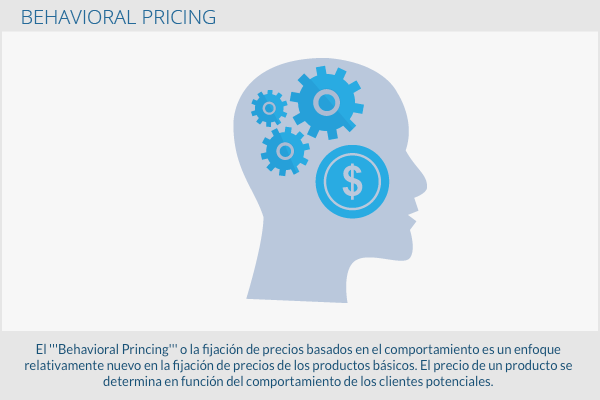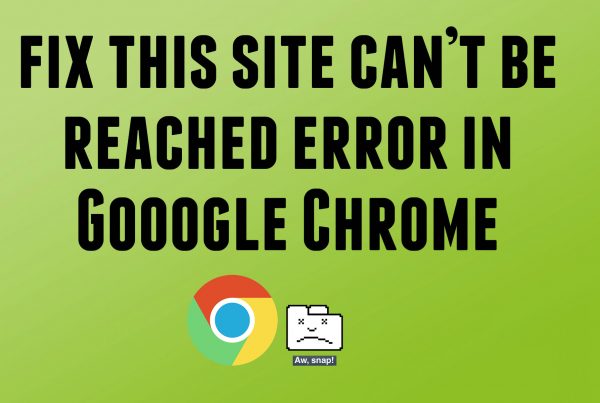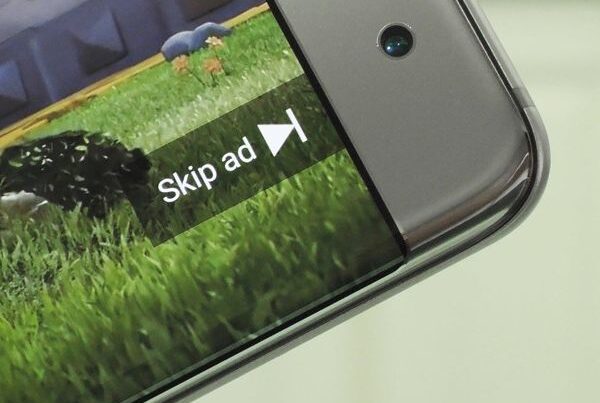The Behavioral Princing o Behavioral pricing is a relatively new approach to commodity pricing. The price of a product is determined based on the behavior of potential customers. Behavior can be determined in a number of ways, for example with browser search history, click paths when shopping online, demographics, and social media profiles.[1]. Data on customer behavior forms the basis for pricing, which therefore involves psychological, emotional and behavioral aspects.
General information
Briefly, in classical price theory it is assumed that rational factors determine customer behavior, that customers have all the information about prices and that all customer preferences are wonderfully clear. The customer selects a price (the product), and assumes that his profits from that product will be maximized with this purchase.
These cost-benefit models do not take into account the fact that customers do not always behave rationally. They differ in their behavior from the assumptions of classical pricing theory; They evaluate a price in terms of various factors, such as the status of the manufacturer or their own capital. They also don't behave in a linear fashion. They can cancel their product search and come back to it later. They can't remember prices and they don't always make specific comparisons.
Thus, pricing decisions are apparently based on several aspects. Rational considerations are only one facet of pricing. The emotional, psychological and fundamentally cognitive aspects in classical theory only play a marginal role. Behavioral pricing focuses on subjective factors and tries to understand how consumers decide the price of a product.
How does it work
In behavioral pricing, it is believed that the perception of a price from the prospect's perspective is much more complex. Behavioral pricing is not intended to replace the classical approach, but to complement it. The focus is on issues such as:
- How do customers perceive and process pricing information?
- How do they react to price quotes?
- How do customers use price information in their judgments and decisions?
The basis of these cognitive processes is a stimulus-response scheme that aims to clarify the actions taken by the client. The starting point is a stimulus. It is perceived by the consumer and leads to a subjective evaluation on their part. The result is individual behavior, which is also called reaction.
Example
Suppose a consumer is looking for a winter jacket. Use the search in the Google search engine and visit various online stores or commercial platforms. A retailer uses behavior-based pricing and records your visit. The retailer may also read related data, such as search history in the browser or breadcumbs on the website. The consumer leaves the web, and two weeks later decides to visit the product page again. Due to the fact that this consumer has already viewed the product page once, the retailer knows that the consumer is interested in that product.
If the consumer revisits this page, the retailer or seller could use this information to increase the price of the winter jacket. In practice, this happens. When consumers visit certain stores and product pages multiple times, the prices of the products change marginally, for example, on a 5%. For the consumer, this is a sign that they should attack. Assume that the price could go even higher. Receive pricing information. It processes and evaluates it in such a way that it evokes a reaction and an action. Remember the price on your first visit to the product page.
Price structure by behavior
Therefore, a behavior-based pricing structure might look like this:
- Receipt of pricing information: The objective information, such as the offer, the advice and the transparent description of the goods, is the objective starting position.
- Price information evaluation: The attitude of the consumer, his perception and interpretation of the factual information give rise to an evaluation. Sometimes there may be other information that has nothing to do with the assets, such as a change in financial circumstances.
- Price information response: This conduct can be a buy, a no-buy, or a postponement. In the case of a postponement, the procedure starts over and the consumer can remember the first price he saw.
Importance for search engine optimization
All data collected by online stores and distributors about their customers is applied to price behavior. Behavioral pricing can be considered as cognitive computing, since the system learns through the behavior of its users. In the case of e-commerce, this can be a possibility to achieve higher profits or a larger customer base. Regardless, this approach is also related to many aspects of big data, tracking, and web analytics.
Since price changes based on consumer behavior are still a relatively new topic, there is no strong evidence regarding the long-term impact on the market and consumers. It is very possible that the user will switch to another distributor if the price of a product increases. From a consumer perspective, changes in price behavior are not beneficial. Regardless, price changes can be viewed from both points of view. If a competitor watches another competitor's prices, they can adjust their prices and thereby gain a competitive advantage.
Consumers will include rational aspects in their purchasing decisions despite the behavioral approach. They could go for the lowest price, or make their purchase price based on the price image. There are many aspects that come into play when making purchasing decisions. Thus, the data collected should not necessarily be used to define the best price. You can also shape an optimal pricing policy.







